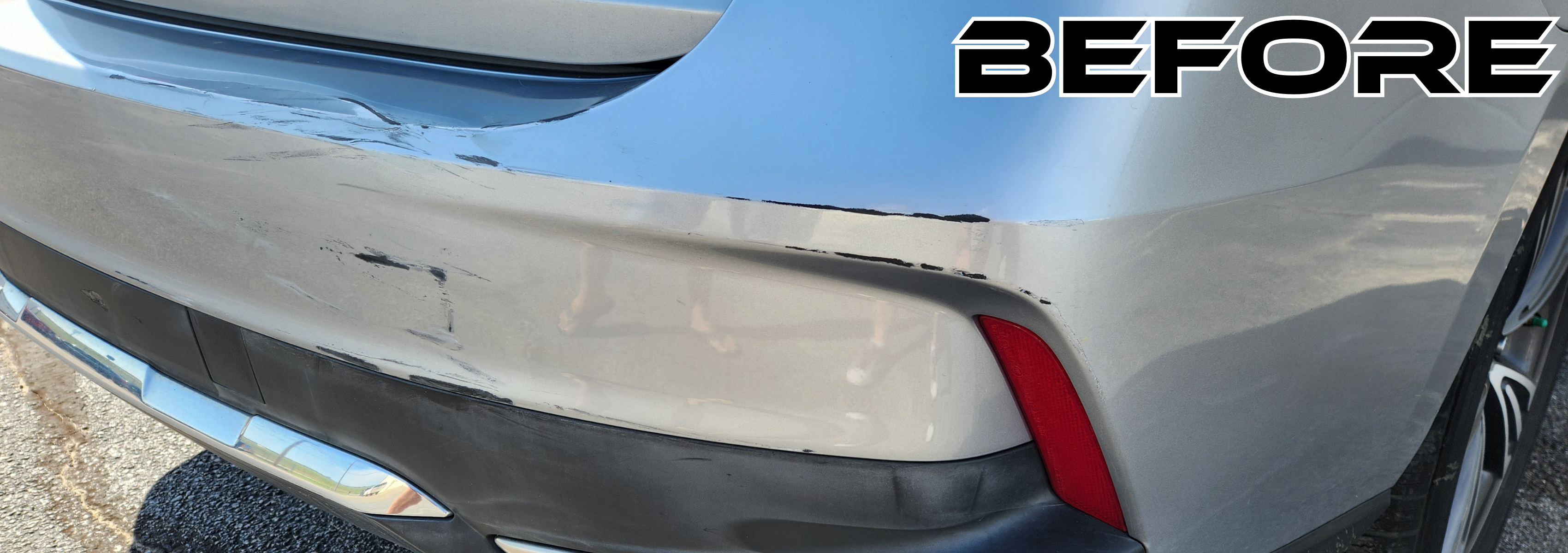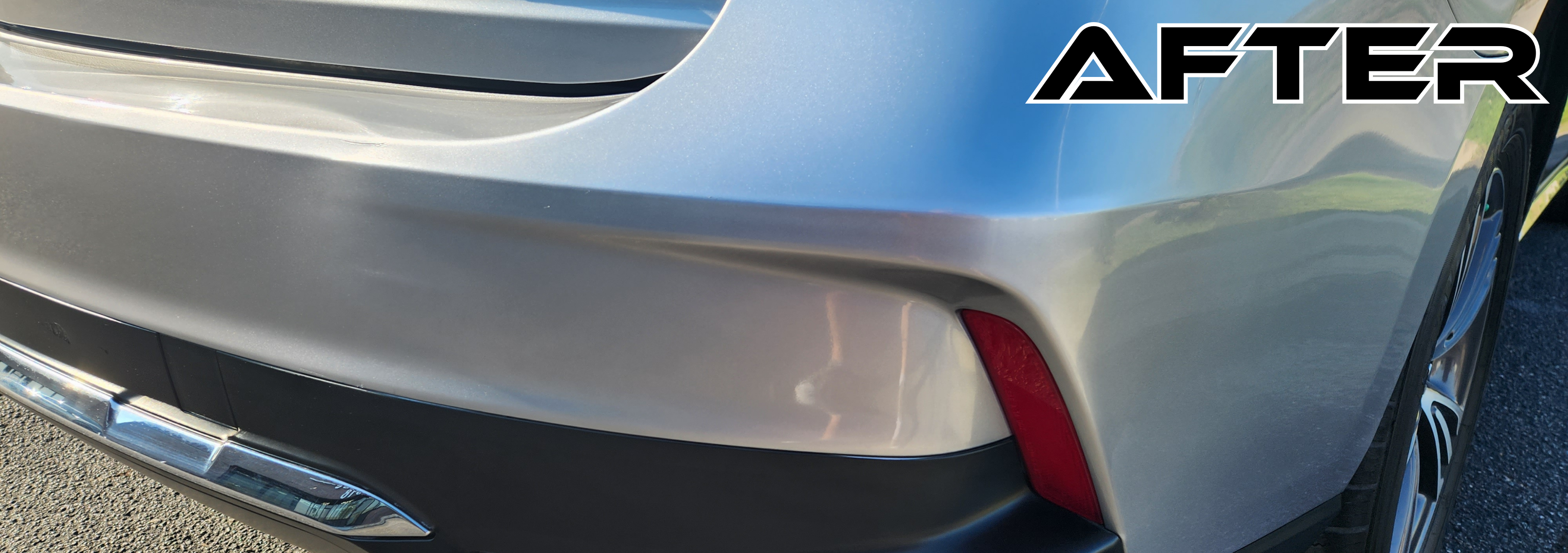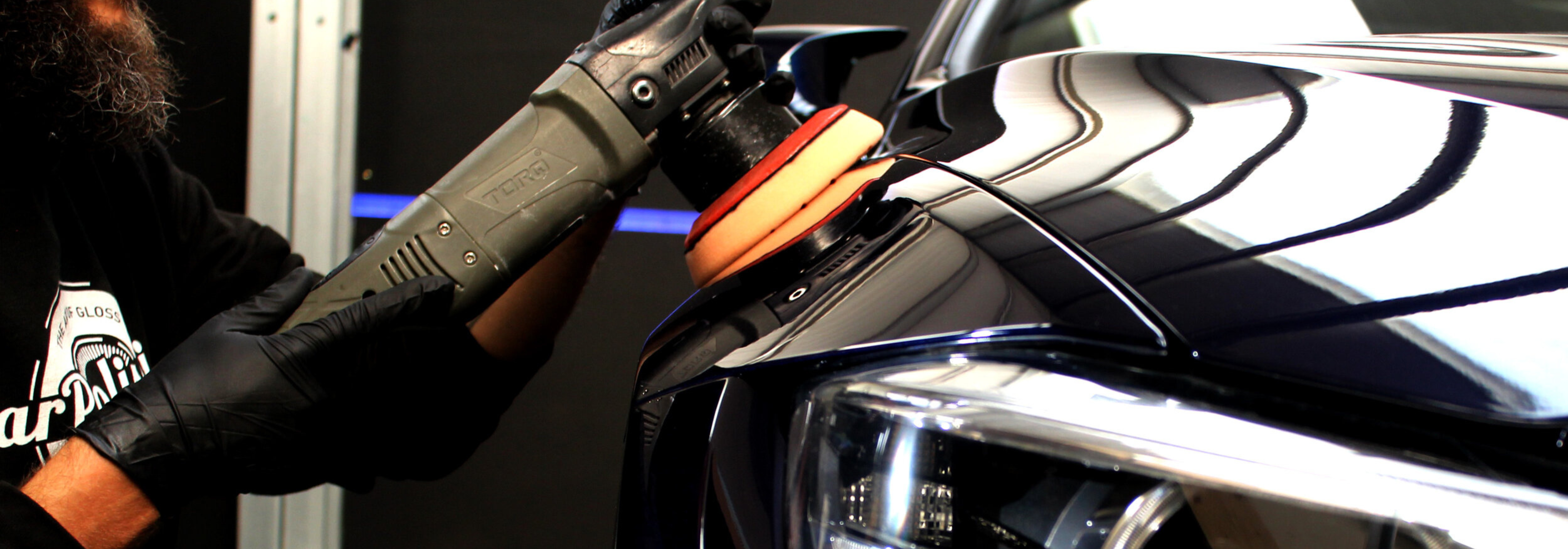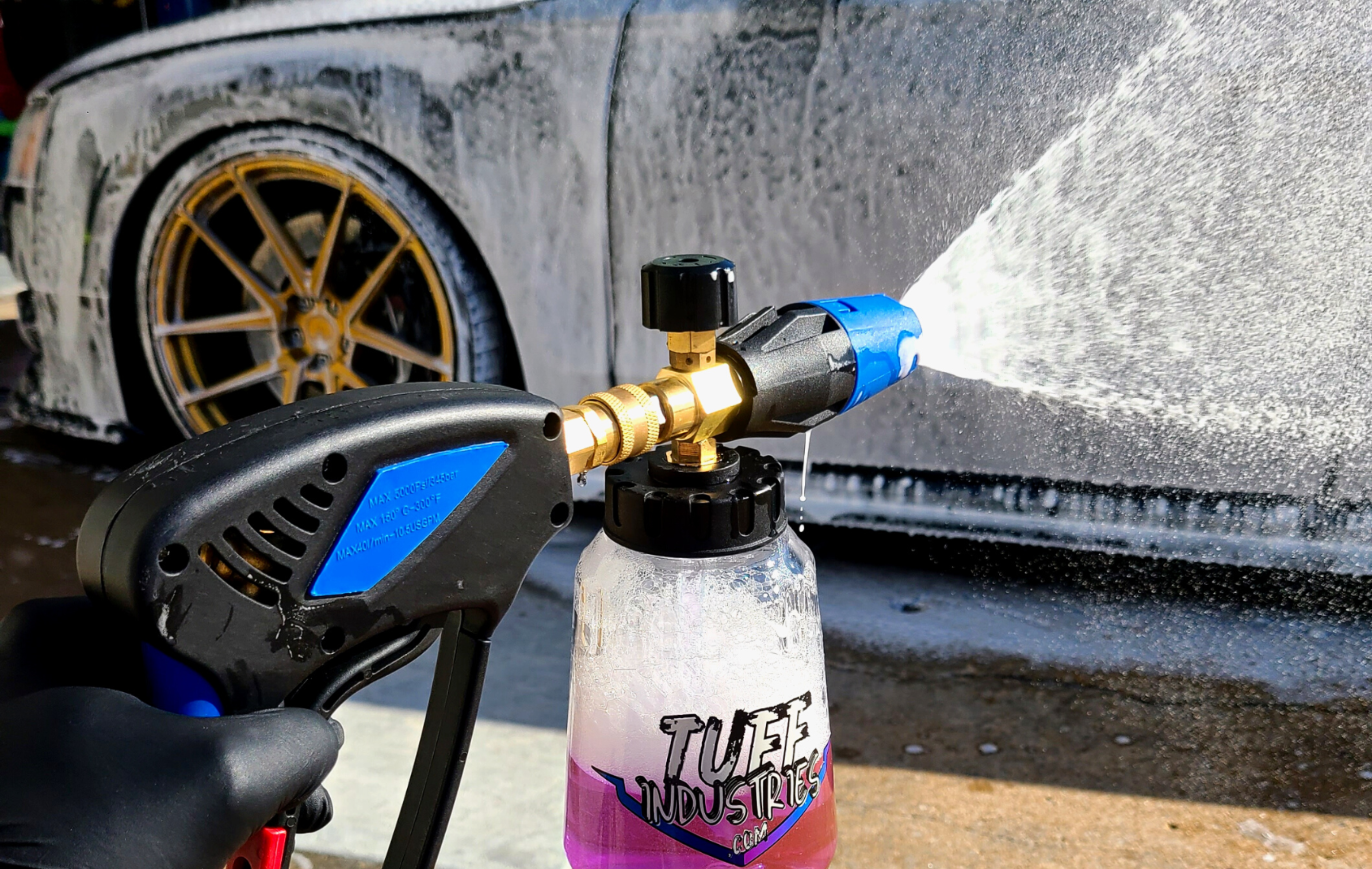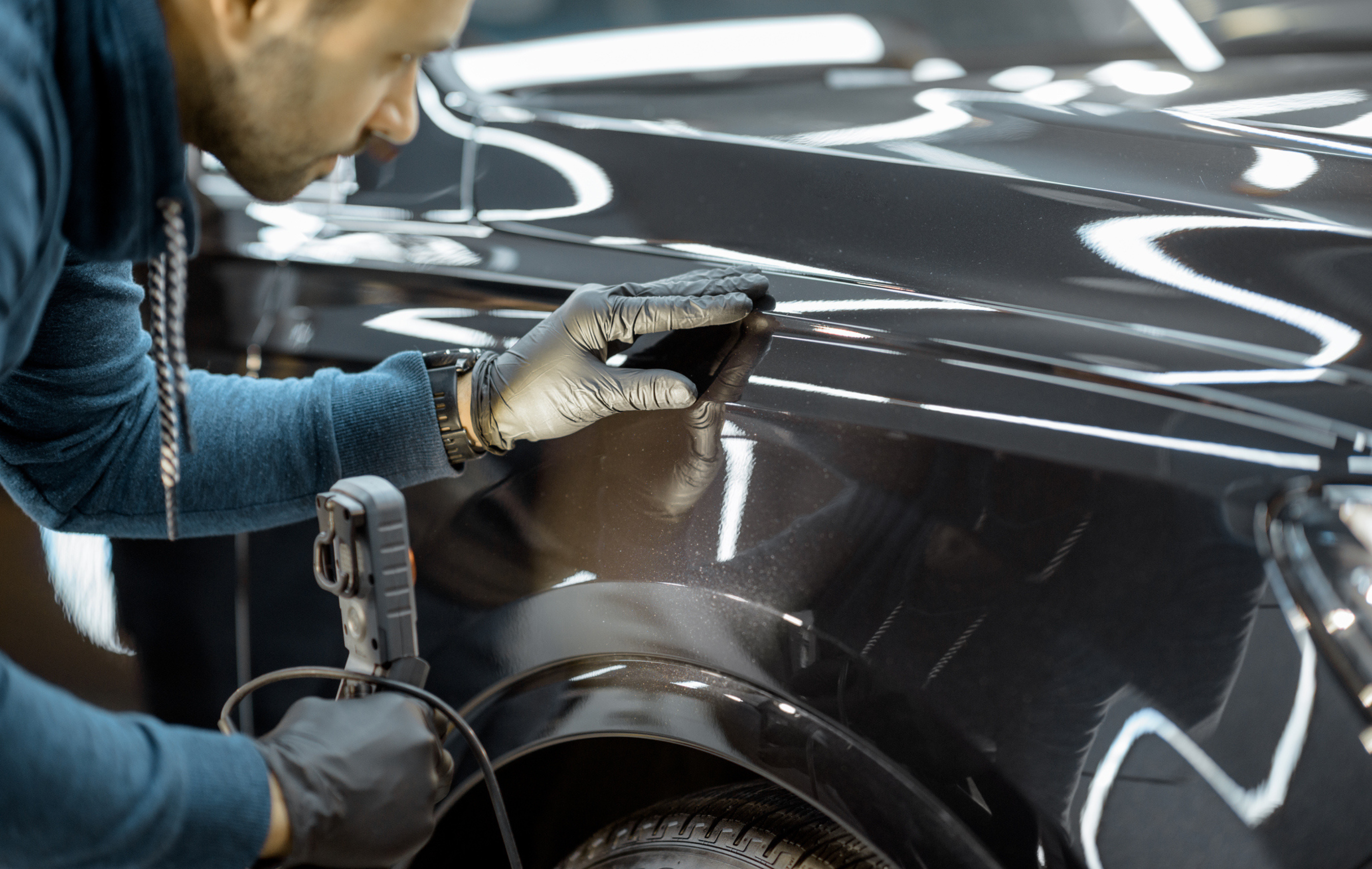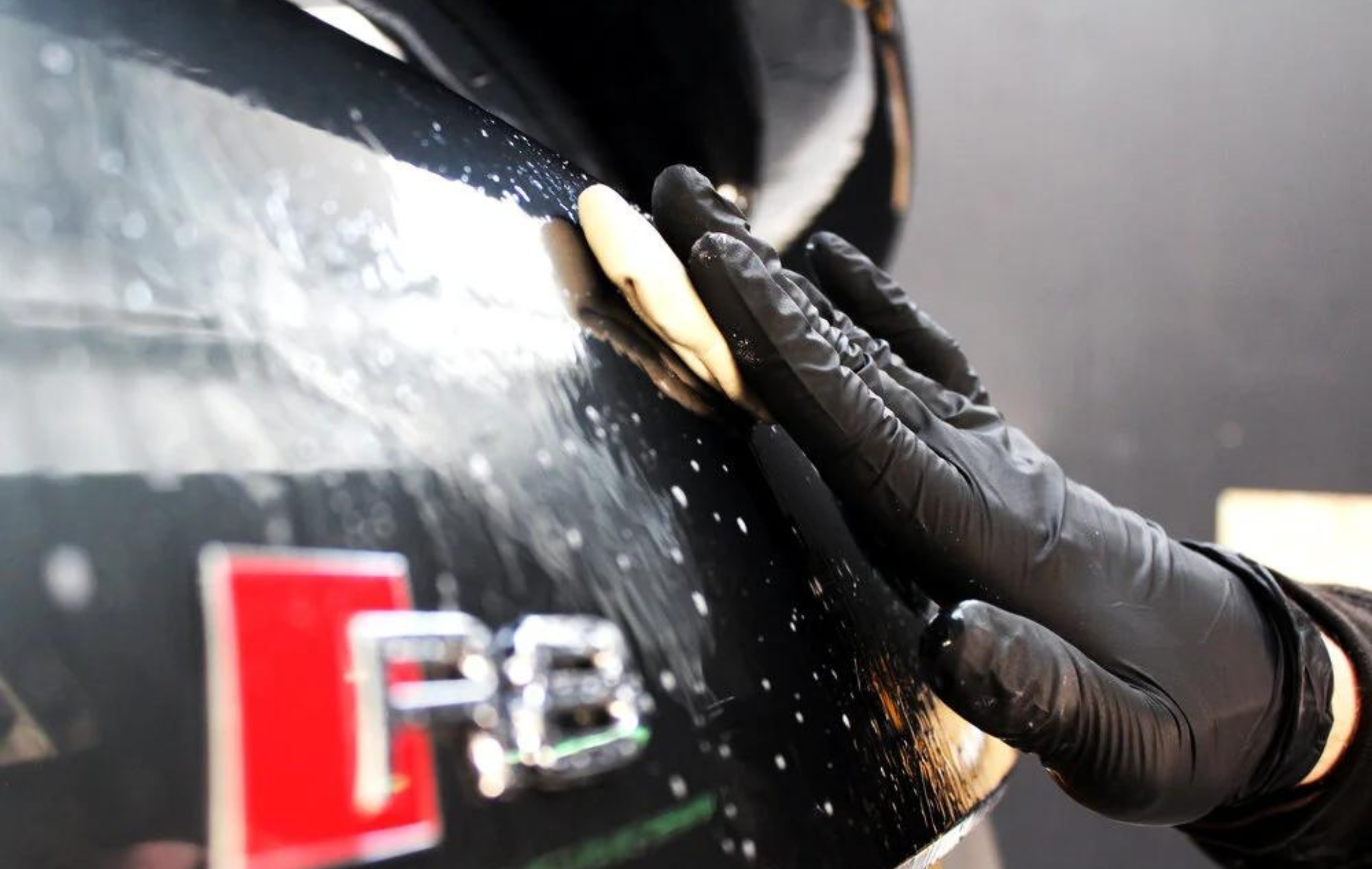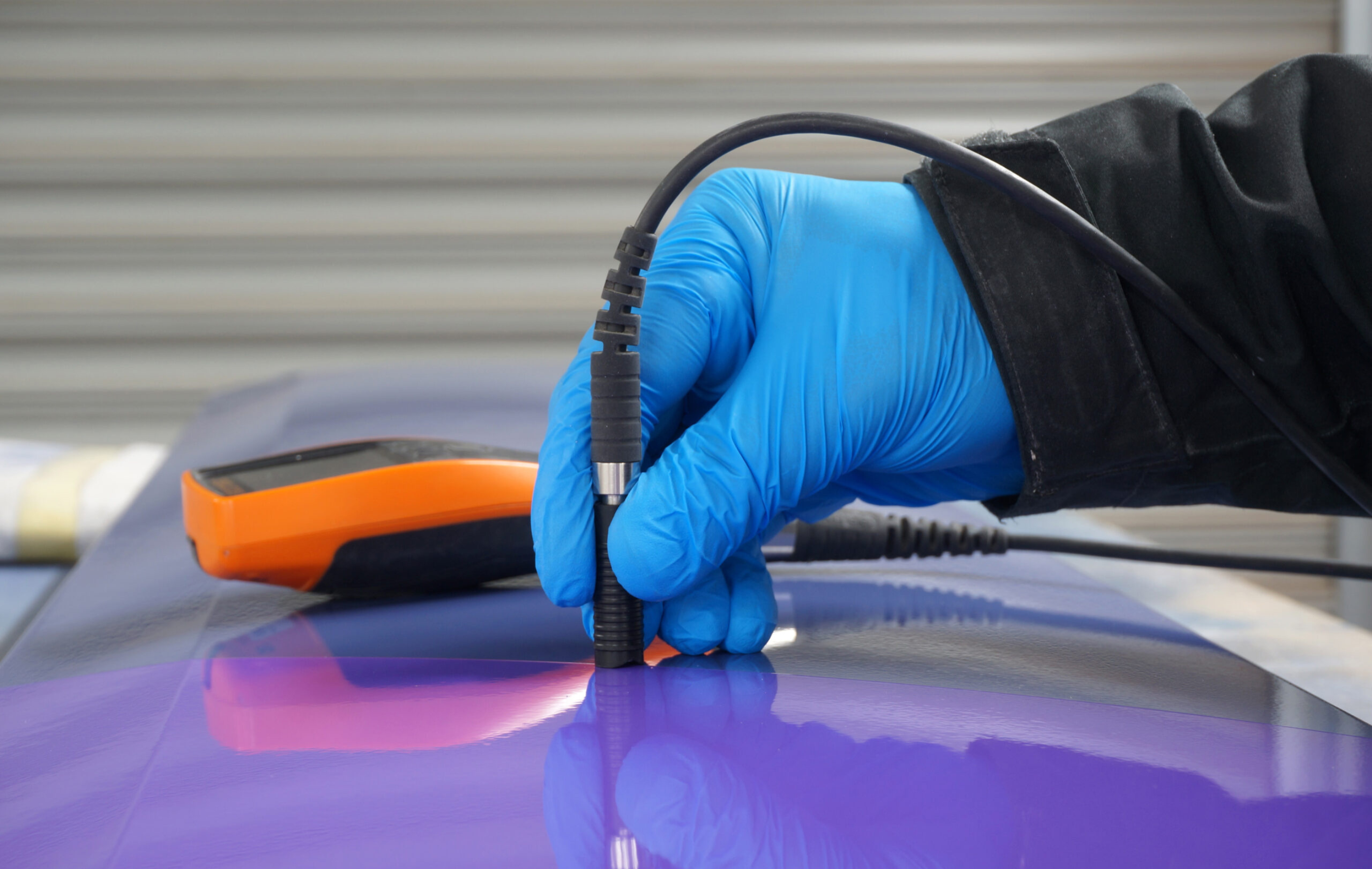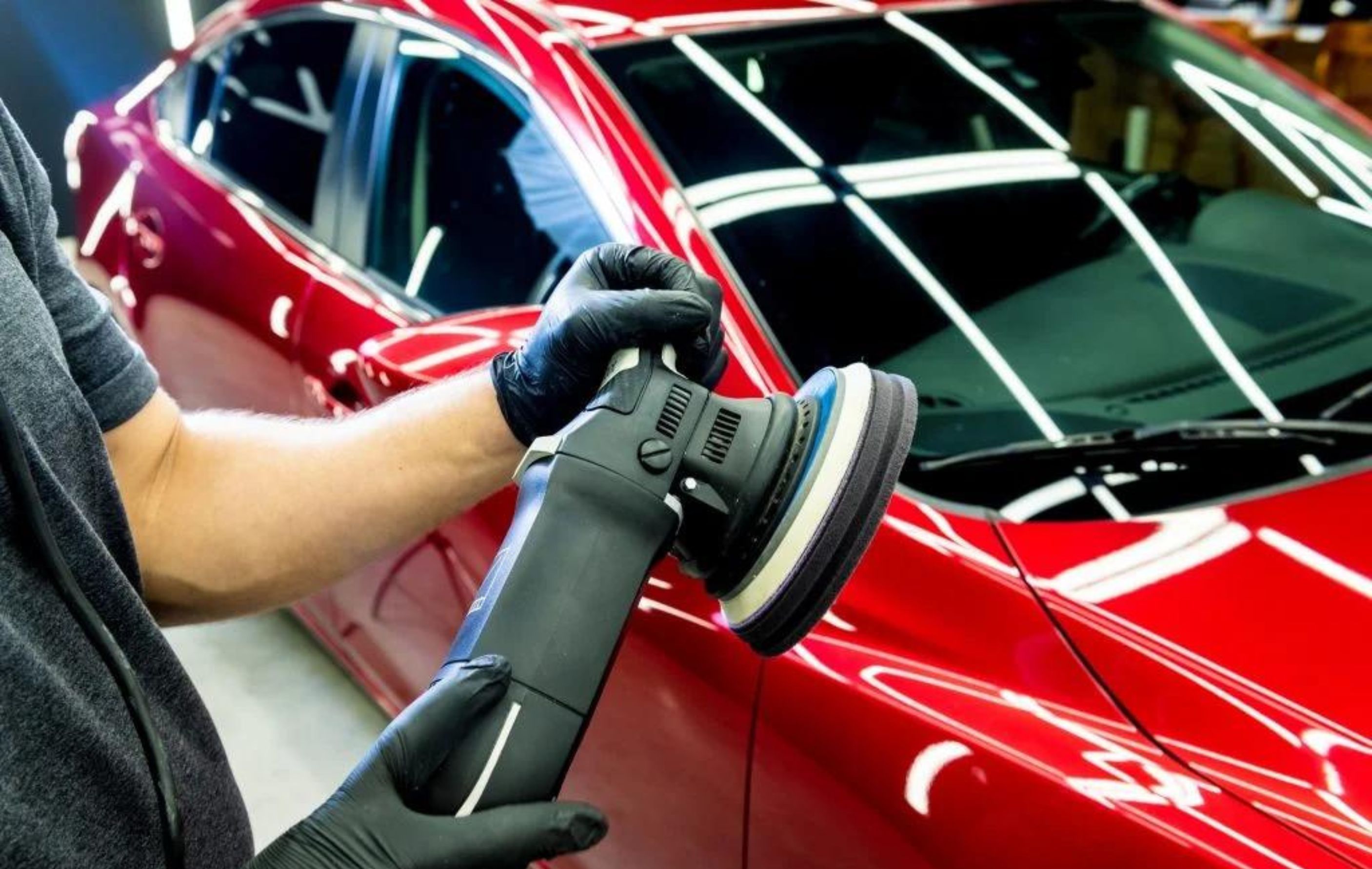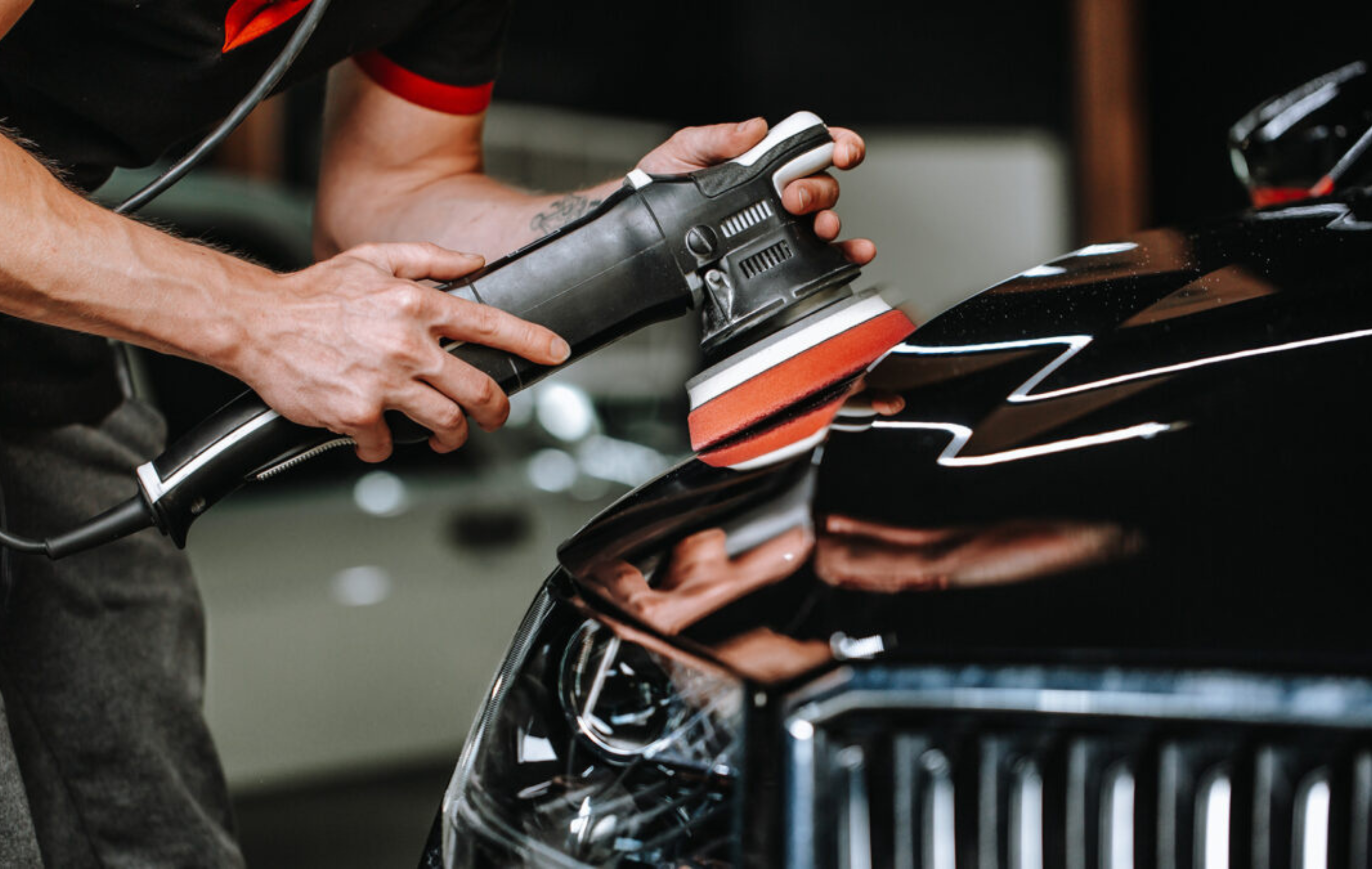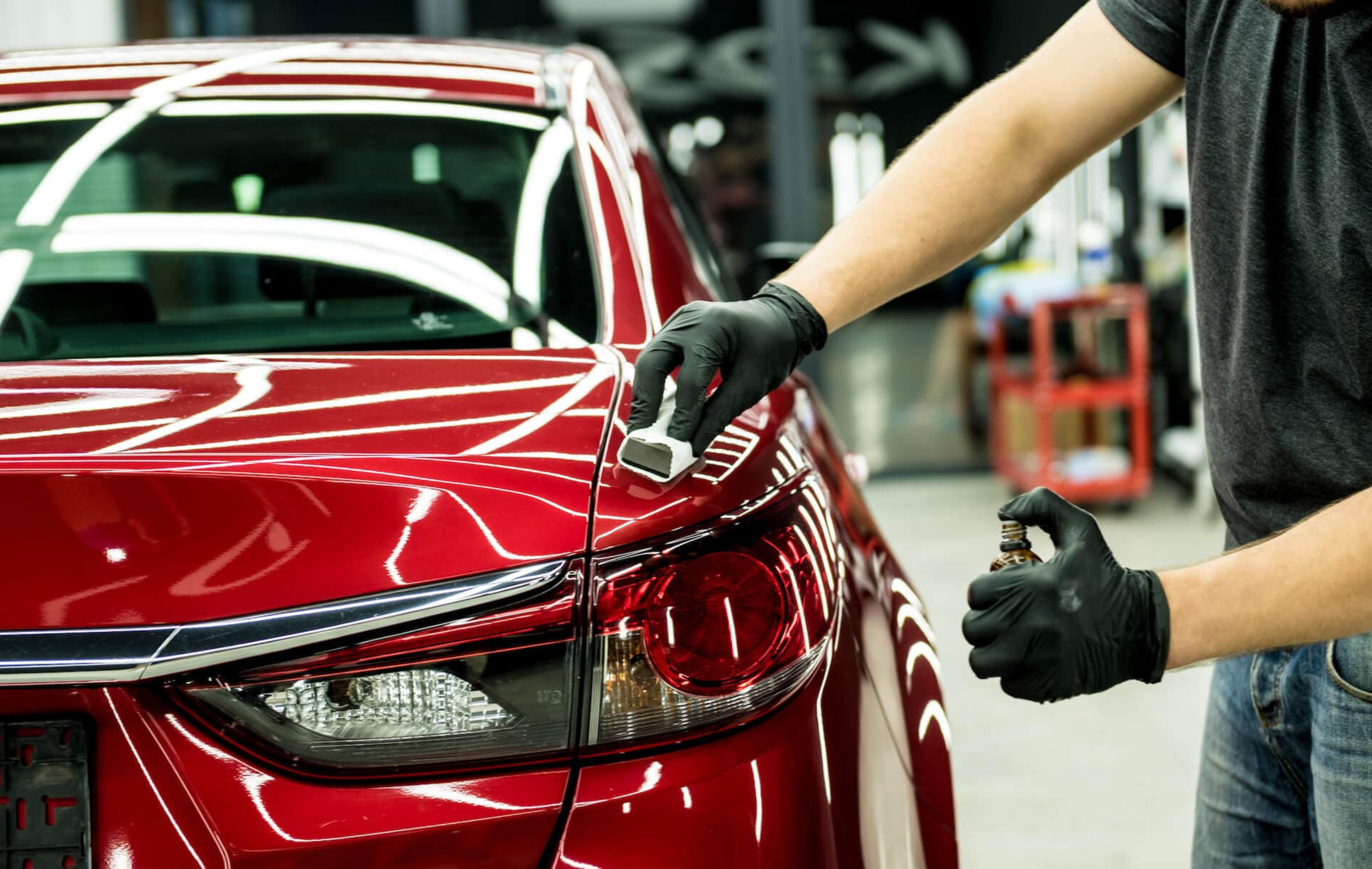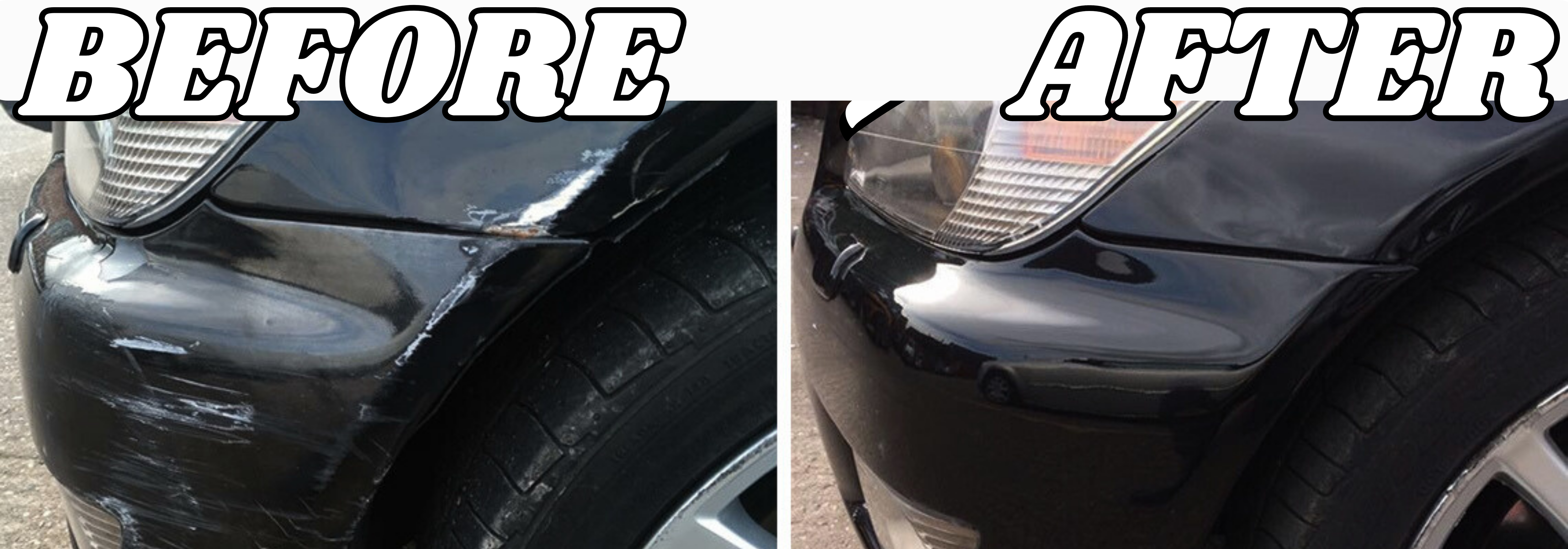Paint Correction & Touch-Ups
Paint correction is a process used in automotive and marine detailing to restore and enhance the appearance of the paintwork. Over time, paint and gel coats can develop imperfections such as swirl marks, scratches, oxidation, water spots, and other defects. Paint correction aims to remove these imperfections, leaving the surface looking smooth, glossy, and like-new.
Paint correction is a skilled and time-consuming process that requires expertise, as improper techniques or excessive removal of clear coat can damage the paint.
For both automotive and marine, the process is similar, but there may be some differences in the products and techniques used due to the varying characteristics of the paint and the environments in which they are used. Additionally, marine detailing may require extra attention to the effects of saltwater exposure on the boat's surface.
Why Us
Our company stands out as the ultimate choice for paint correction due to our unparalleled commitment to excellence and a track record of delivering exceptional results. With a team of highly skilled and experienced detailers, we possess the expertise to tackle even the most challenging paint imperfections with precision and care. Using state-of-the-art equipment and premium products, we ensure a safe and effective correction process that enhances the appearance and longevity of your vehicle or boat's paint. Our attention to detail is second to none, as we meticulously inspect and assess every inch of the surface before customizing a tailored approach for each project. Whether it's automotive or marine paint correction, we take pride in restoring the glossy, flawless finish that will leave you impressed and satisfied. Choose us for paint correction, and experience the difference of working with the industry's best, committed to exceeding your expectations every step of the way.
The process of paint correction
Each of these steps is crucial in achieving flawless paint correction results, and the careful execution of each stage ensures that your vehicle's paintwork regains its original beauty and shine, leaving you with a stunning and long-lasting finish.
Paint Touch-Up
Automotive paint touch-ups are a practical and cost-effective solution for addressing minor paint damage on vehicles. Small scratches, chips, and imperfections are a common occurrence, especially in everyday driving situations. While major paint damage may require more extensive repairs, properly executed paint touch-ups are highly effective in restoring the appearance of the affected area and preventing the damage from worsening.
Some key benefits of paint touch-ups is their ability to improve the overall appearance of the vehicle. Even small blemishes on an otherwise well-maintained car can detract from its visual appeal. Paint touch-ups also play a crucial role in preventing further damage. Leaving minor paint imperfections untreated can lead to more significant issues in the long run. Exposed metal or plastic surfaces are vulnerable to rust, especially in areas with frequent exposure to moisture or harsh weather conditions. By promptly addressing these minor damages, the protective layer of paint is restored, acting as a barrier against corrosion and maintaining the structural integrity of the vehicle's body.
